During the formative years of a child’s life, their brain undergoes constant development and requires ongoing stimulation. While education is crucial for children and their growth, facilitating opportunities for children to express themselves and enhance their physical, social, and cognitive skills is integral to their overall development. In this post, we’ll explore the importance of creative play for kids’ growth and talk about how to include it in the curriculum at your school.
What is Creative Play?
For parents and educators, it’s essential to engage children in activities that prepare their minds and bodies for real-world challenges. Regular teaching sessions are crucial in this regard. When you visit a nursery or school playground, you’ll find a variety of experiences available for children, from sand and water play to role-playing areas.
Children naturally gravitate towards activities that allow them to express themselves creatively. Engaging in creative play is instrumental in enhancing children’s physical, social, cognitive, and emotional development, thereby strengthening essential skills for everyday life.
Creative play encompasses activities like modeling and painting, providing avenues for self-expression and the development of manual skills in children. These creative endeavors hold immense significance, particularly during the early years when student development is the primary focus.
Know the Importance of Creative Play in Child Development
The advantages of creative play are boundless, as it enables kids to freely communicate their innovative thoughts, a crucial aspect of the learning process. Through creative play, children not only discover and understand the world around them but also share their thoughts, emotions, and concepts with their peers.
Engaging in such activities proves highly beneficial for children’s learning journey, as it emphasizes hands-on involvement and experimentation over passive listening. This active approach encourages children to explore and learn through firsthand experiences.
1. Emotional Growth
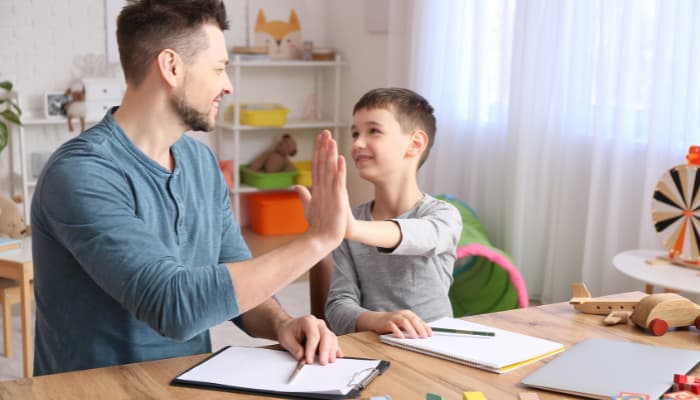
Children frequently convey their emotions through storytelling, drawing, painting, or other activities rather than verbal expression. These outlets aid them in comprehending their emotions better, especially when they might not otherwise vocalize their feelings. Creative play encourages children to incorporate these emotions into activities, allowing them to creatively express their thoughts and feelings in a supported environment. As infants grow older, this practice aids in their capacity to express their feelings more clearly.
2. Cognitive Development
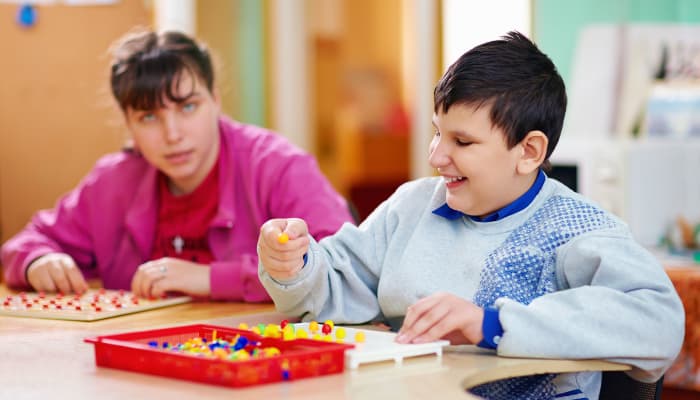
Young children who engage in creative play during their early years are better able to develop basic problem-solving abilities. Engaging in creative activities enhances their cognitive abilities, allowing them to focus, comprehend how things function, and analyze why they work. Recent research indicates that children who participate in creative play demonstrate greater attentiveness to teacher instructions compared to those who do not.
The acquisition of basic problem-solving skills, such as understanding the mechanics of objects and the world around them, lays the groundwork for tackling more complex challenges later in life. This early development equips young learners with the ability to follow instructions, address problems, and make informed decisions more effectively as they progress.
3. Physical Growth
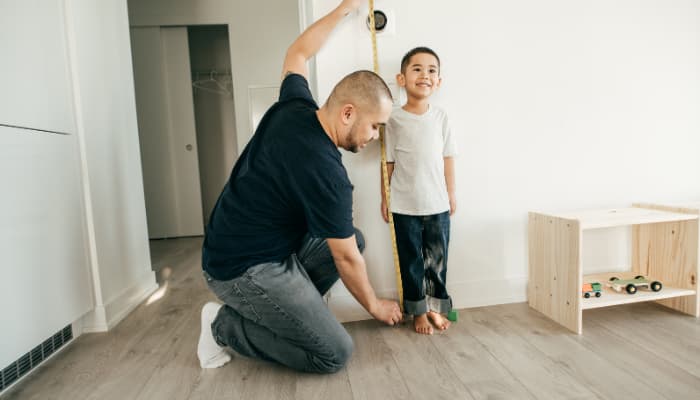
Engaging in creative play contributes to children’s physical development by improving their fine motor skills and coordination. This type of play also boosts hand-eye coordination, which proves beneficial for activities such as sports and writing as they grow older.
During creative play sessions, manipulating little objects helps them become more proficient with a pencil or paintbrush, which makes it a great exercise to advance their early physical development.
4. Social Growth
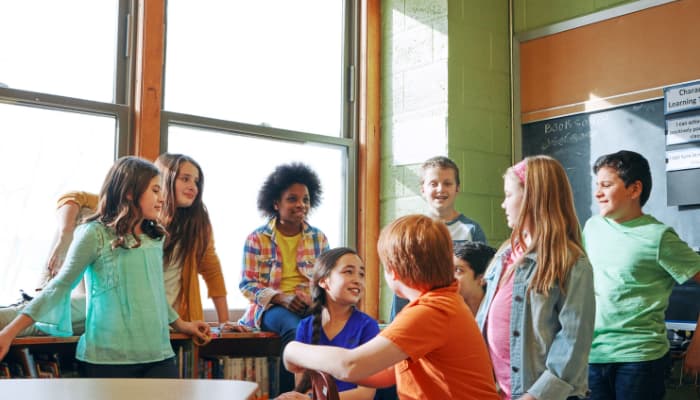
Young children can communicate and socialize with their classmates through creative play, which encourages the sharing of ideas and imagination. The evolution of faith, social skills, and fundamental communication capabilities are all aided by this connection.
The acquisition of these skills through creative play enhances children’s academic learning experiences. For toddlers and young children, the process of exploring, discovering, and learning new things is incredibly stimulating. This underscores the significance of learning through observation and hands-on experiences.
It is obvious why creative play is important for children’s development and why it should be encouraged given the many worthwhile advantages.
How To Get Involved With Creative Play?
Getting involved with creative play can be a rewarding experience for both kids and adults alike. Here’s a detailed guide on how to engage in creative play –
1. Provide a Variety of Materials
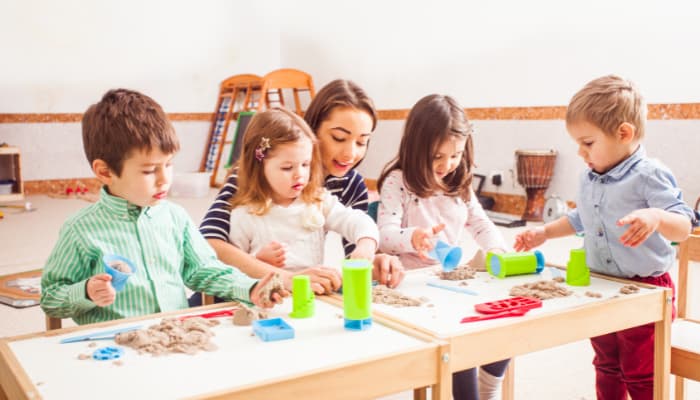
Start by offering an array of art supplies such as crayons, markers, paint, paper, clay, and craft materials. Additionally, includes building blocks, puzzles, costumes, and props to inspire creativity and exploration. Having a diverse selection of materials allows children to experiment with different mediums and techniques, fostering artistic expression and innovation.
2. Create a Safe and Inspiring Environment
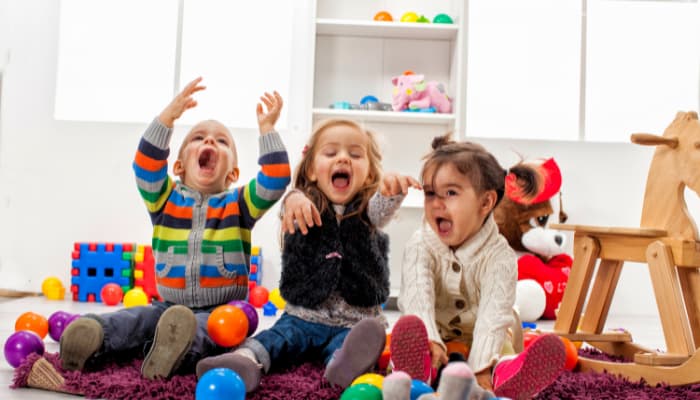
Set up a designated play area that is spacious, well-lit, and free from hazards. Ensure that the space is conducive to creative activities, with ample room for children to move around and engage in hands-on exploration. Arrange materials in an organized manner, making them easily accessible to encourage independent play and creativity.
3. Encourage Open-Ended Play
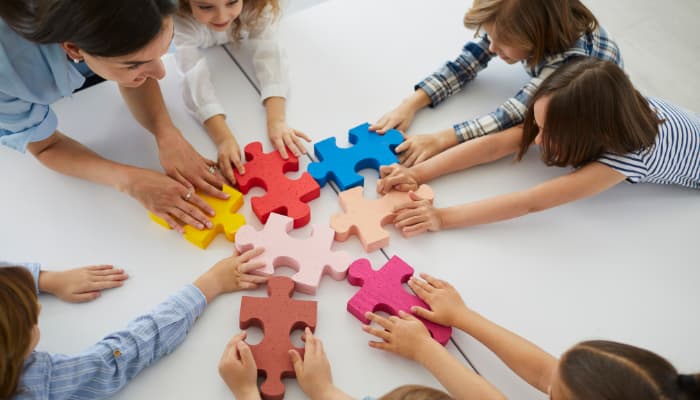
Avoid imposing strict rules or predetermined outcomes on creative activities. Instead, allow children to explore and experiment freely, boosting imaginative play and self-expression. Provide open-ended prompts or challenges to spark creativity, but let children take the lead and pursue their own ideas and interests.
4. Join in the Fun
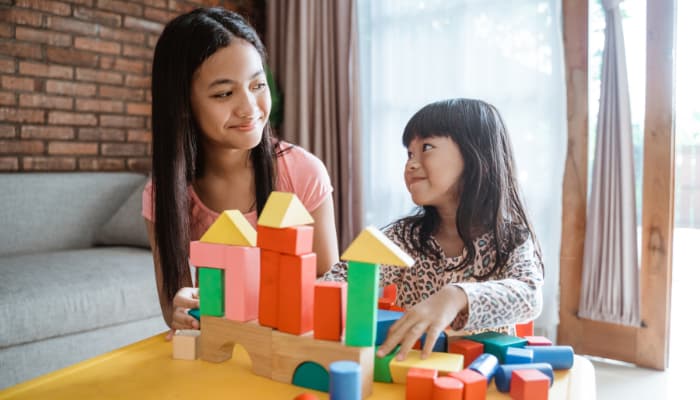
Actively participate in creative activities alongside children to demonstrate enthusiasm and inspire their creativity. Get down on the floor with them, engage in collaborative projects, and offer guidance and encouragement as needed. By modeling creativity and curiosity, adults can inspire children to explore their own imaginations and express themselves creatively.
5. Promote Collaboration
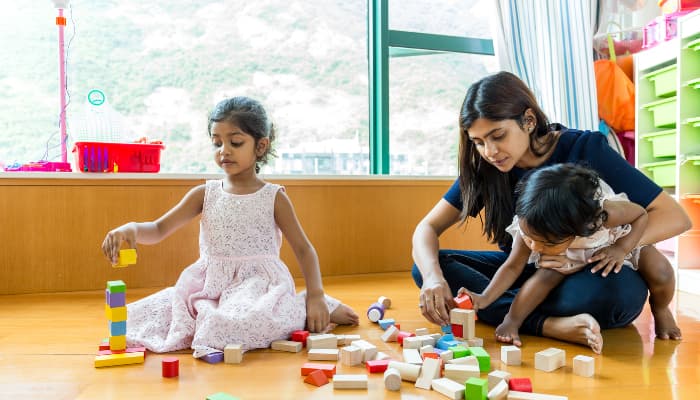
Children should be encouraged to cooperate, exchange ideas, and work together on projects. Encourage an environment that is welcoming and inclusive, where each person’s contributions are acknowledged and valued. Encourage communication, problem-solving, and teamwork skills through collaborative play experiences.
6. Celebrate Creativity
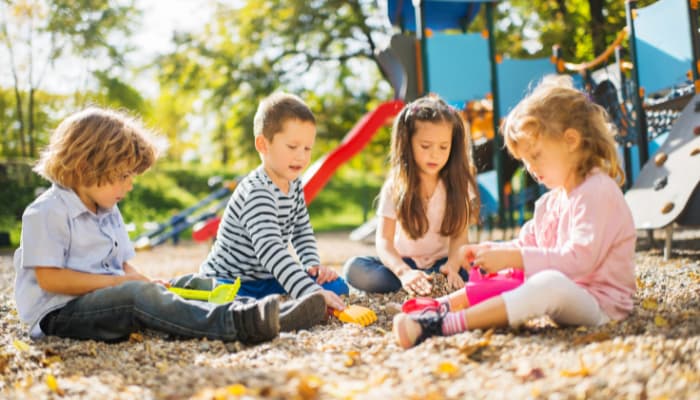
Praise children for their efforts and creativity, regardless of the outcome. Focus on the process rather than the end result, emphasizing the importance of experimentation and learning. Create a positive and encouraging environment where children feel confident to take risks, try new things, and express themselves creatively.
7. Rotate Activities
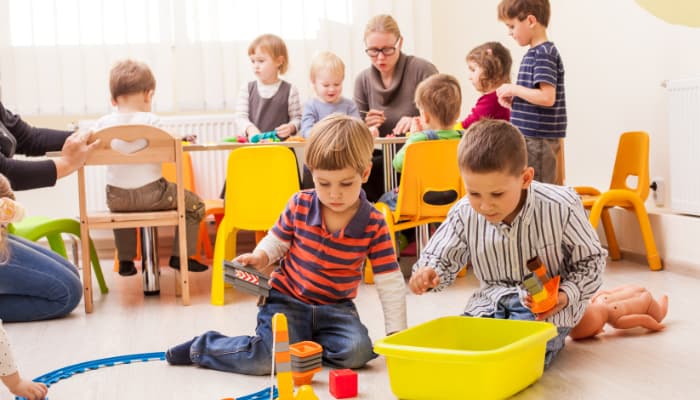
Introduce new materials and activities regularly to keep children engaged and inspired. Rotate art supplies, themed play areas, and imaginative play props to spark curiosity and prevent boredom. Keep the environment dynamic and ever-changing to encourage exploration and discovery.
Final Thoughts
Offering children creative play opportunities fosters the development of essential skills while encouraging exploration and learning about their surroundings. Family-oriented activities, tailored for children, serve as an excellent alternative for busy households, with age-appropriate programs available after school, on weekends, and even during school breaks.
Also Read : The Impact of AI on Personalizing Education for Students










